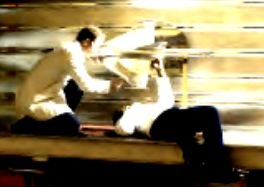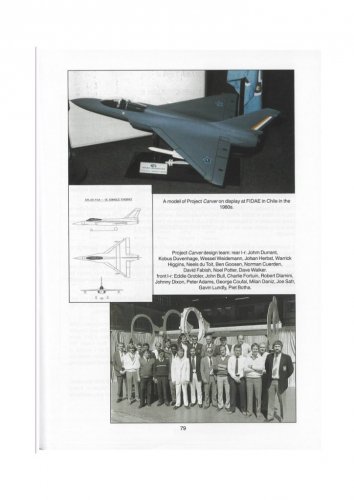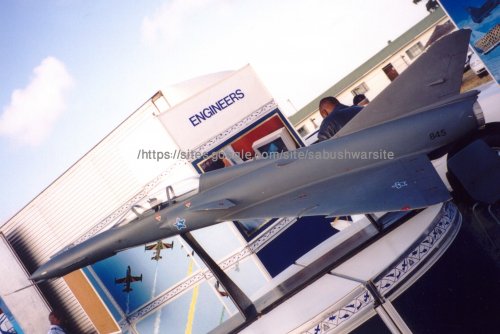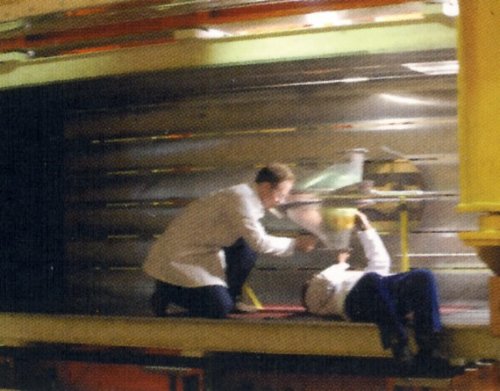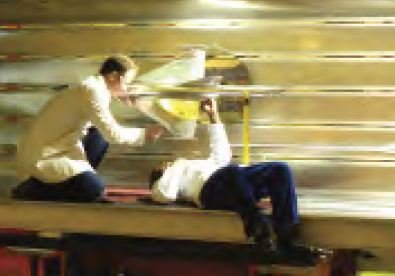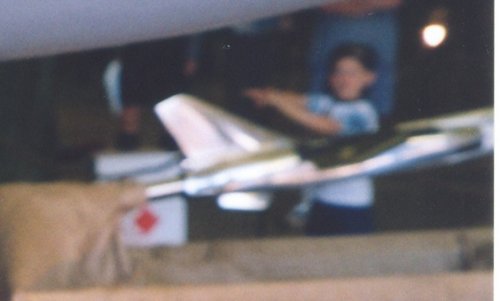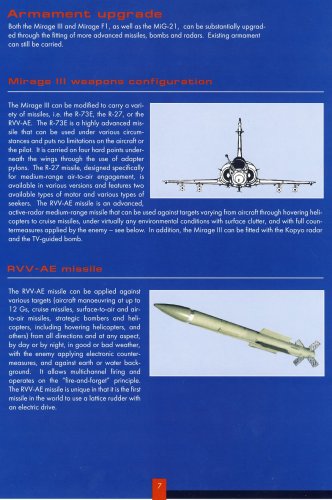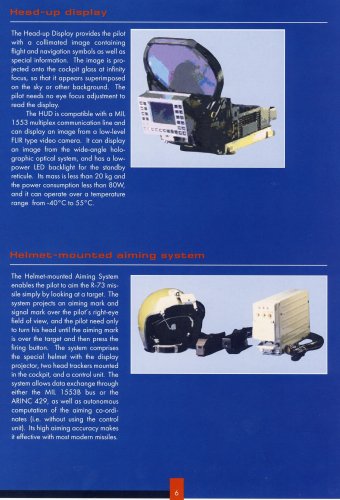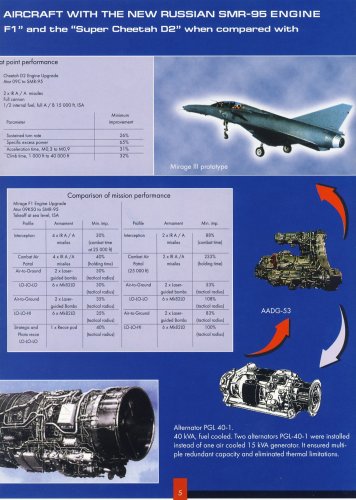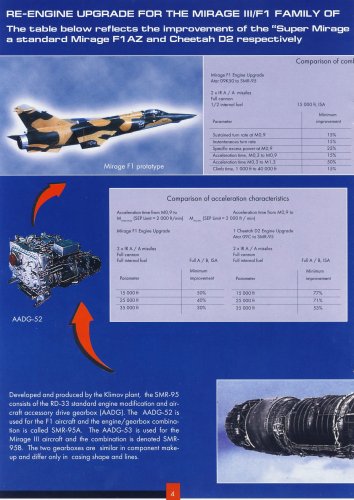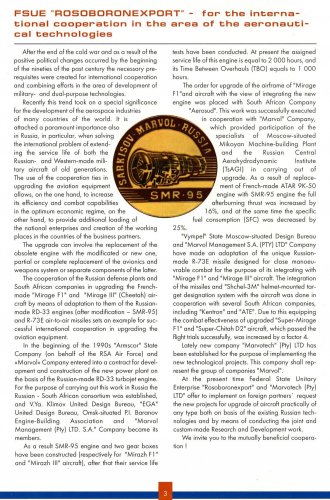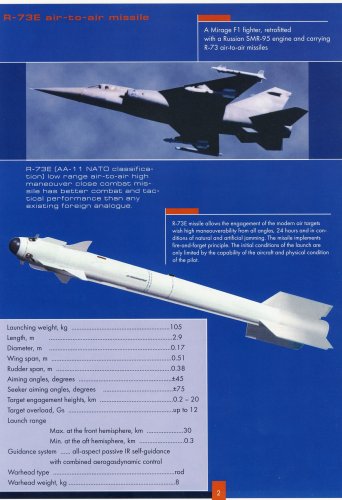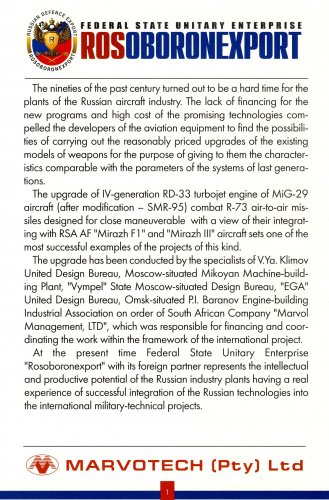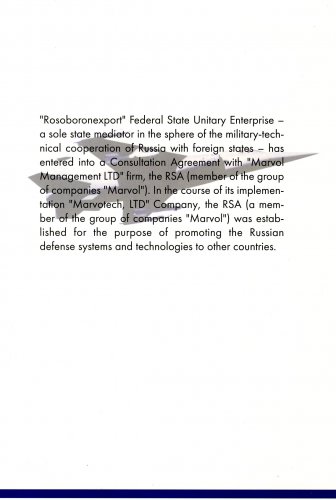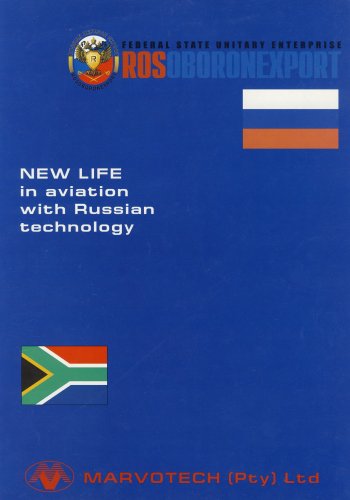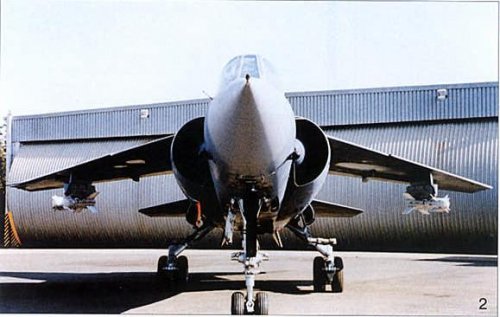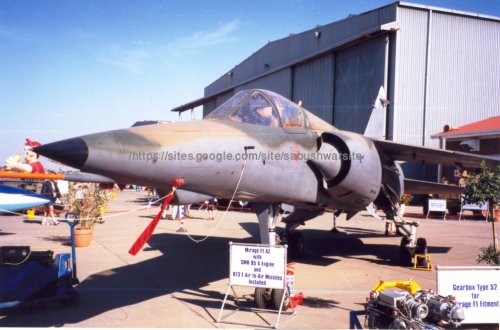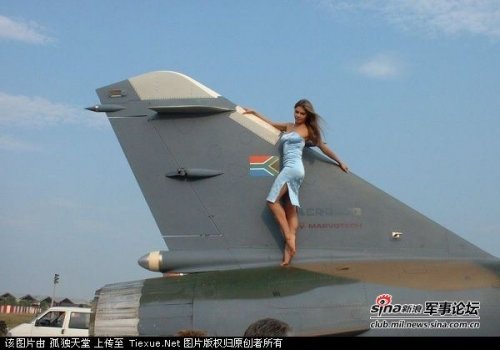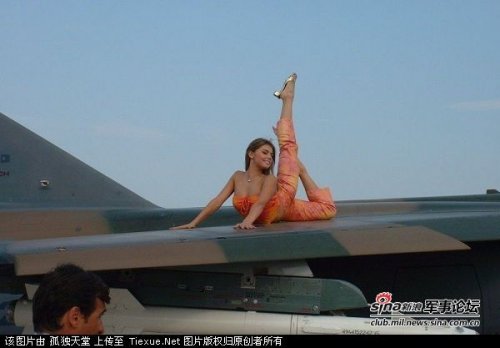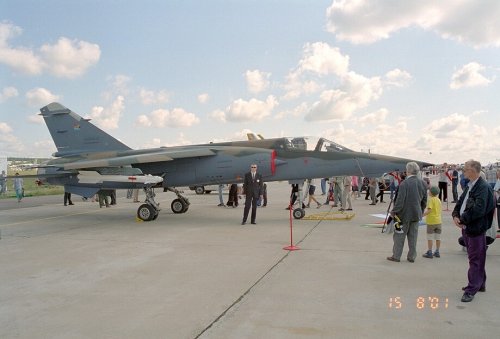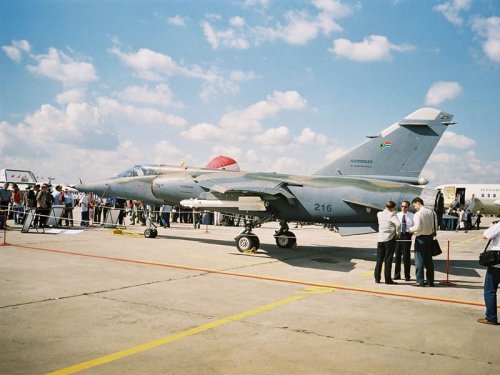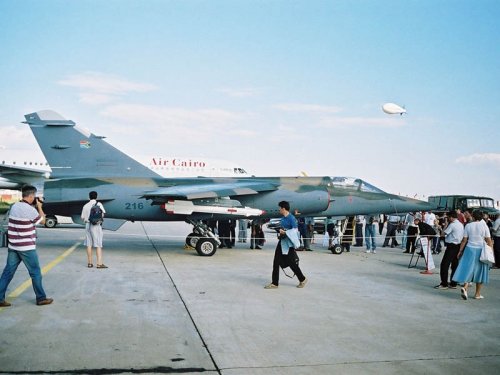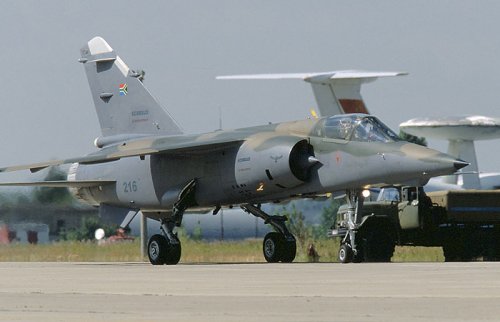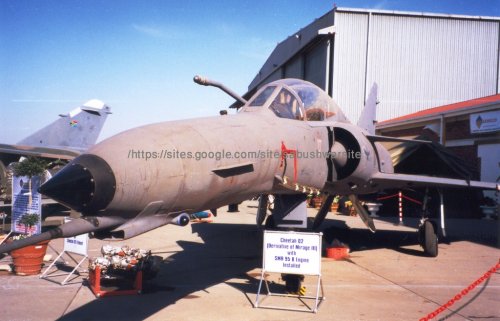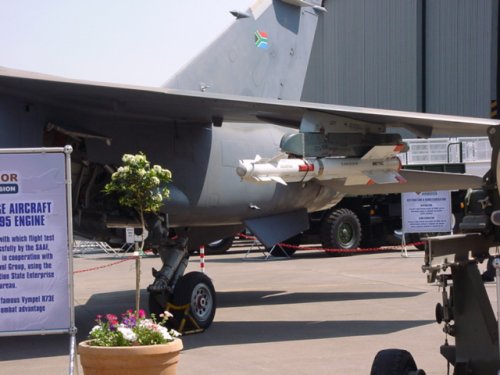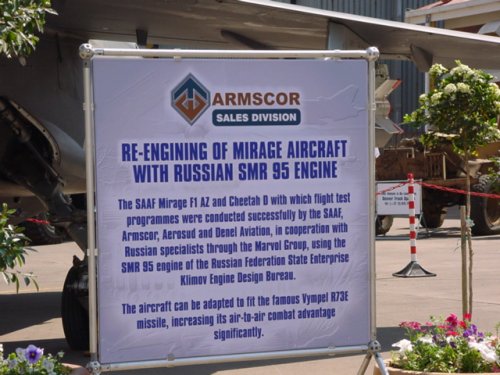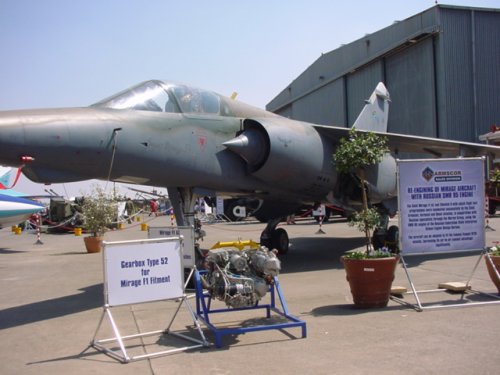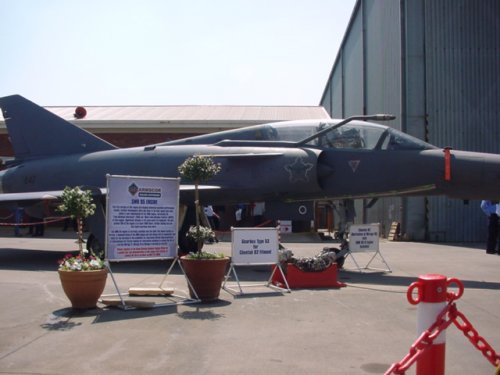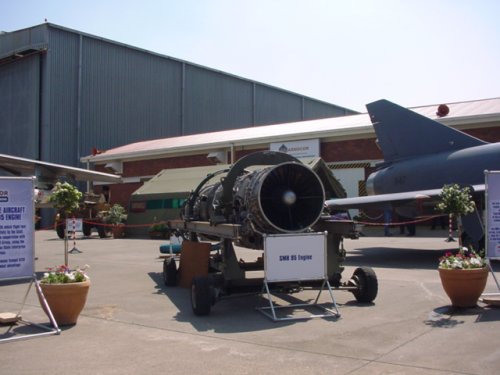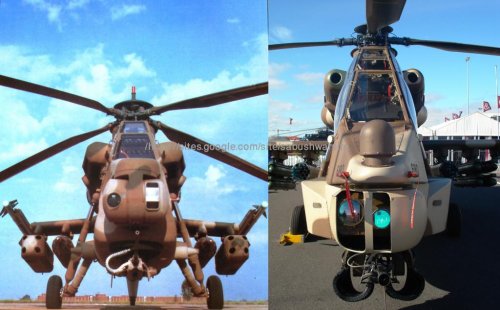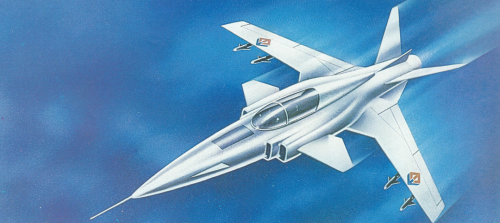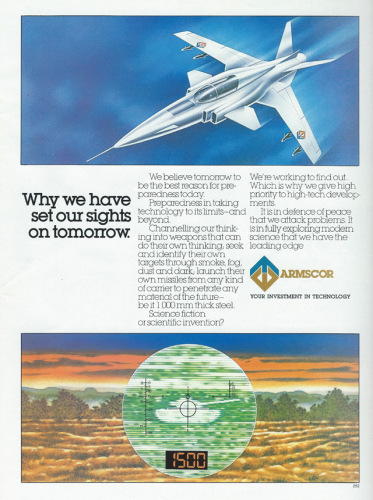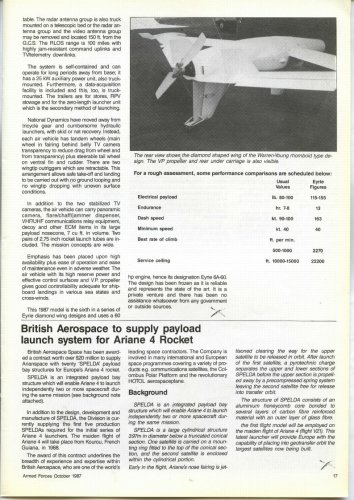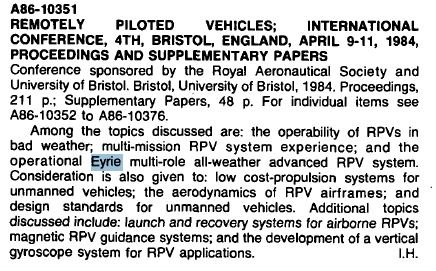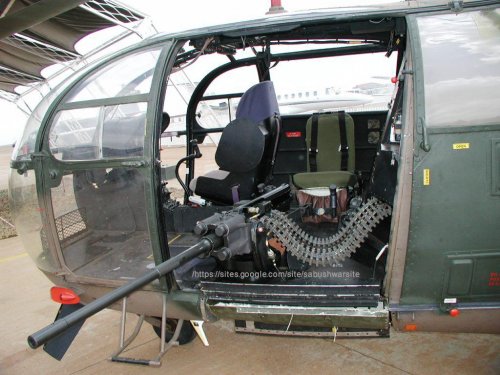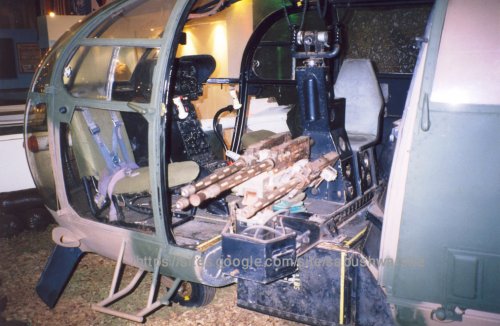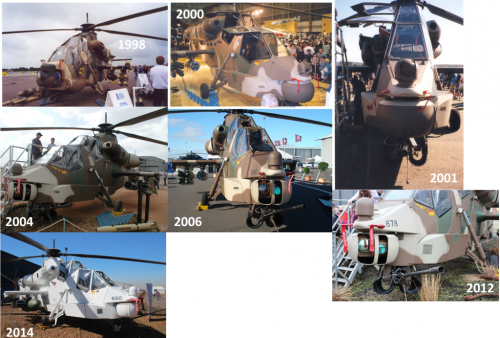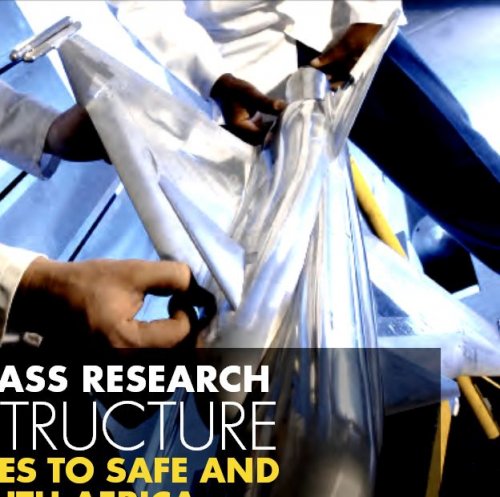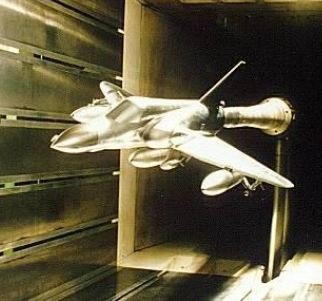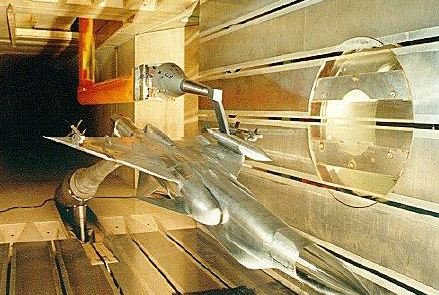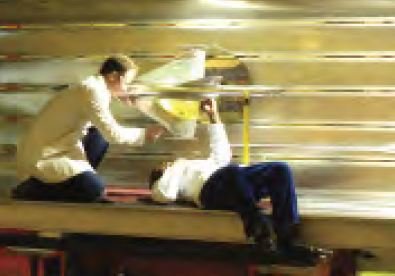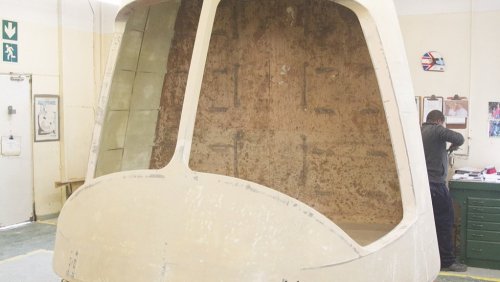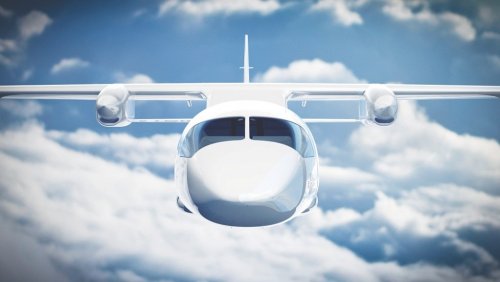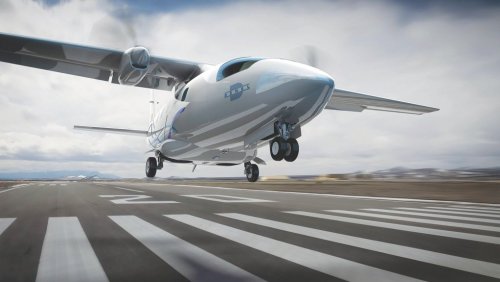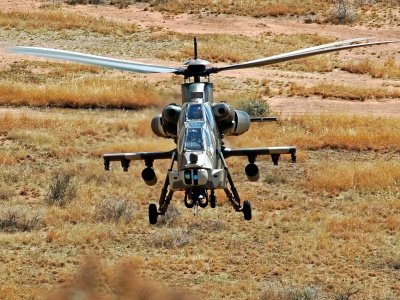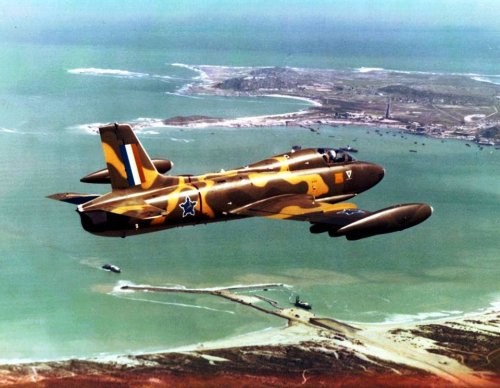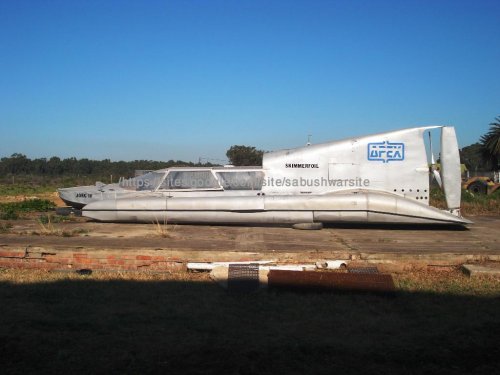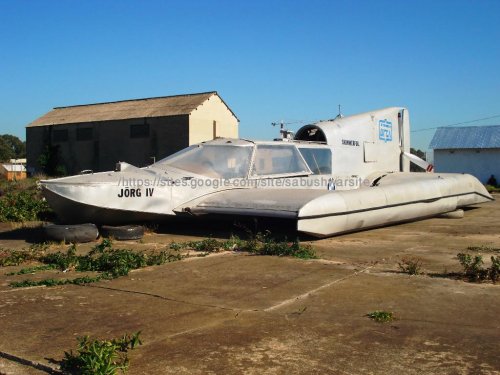Sara is not a technology vanity project. It is planned and intended as a profit-making programme to fill an identified niche in the global aviation sector. “We believe there’s a need in the market for more point-to-point travel, especially in Africa, in the 10- to 40-seat segment,” says Dockrat. Air traffic across the continent is growing rapidly. There is a need to directly link smaller centres to larger ones, both within and between countries. “Everything currently available out there is old technology.” “The current African regional transport fleet is largely composed of ex-Soviet, ex-Russian, ex-Ukrainian aircraft,” notes Barker. “New aircraft are needed.”
snip........
The Sara project team was also influenced by overseas studies into 19-seat regional aircraft (close enough to the original 20-seat concept). In the US, certification of such aircraft, unless they are used for scheduled flights, falls under Federal Aviation Administration regulations known as FAR 23 (for Federal Aviation Regulation No 23). US certification is very widely accepted outside America and so it is a highly convenient option. And FAR 23 is the cheapest certification option for a 19-seater. So, at first, Denel inclined towards seeking FAR 23 certification for the Sara. However, on reflection, it was realised that, to allow the aircraft to undertake scheduled services (studies showed scheduled flights would make up 66% of the market), it would have to be certified under FAR 25, which would make the Sara more expensive because it required the aeroplane to have more backup systems. On the other hand, FAR 25 covers aircraft with a passenger capacity of up to 25 seats. That allowed Denel to enlarge Sara.
..................
Currently, three versions of the Sara are planned. A airliner version would carry 24 passengers. A combi version would be able to carry 12 passengers and one LD2 cargo pallet. A freight version would be able to transport three LD2 pallets. It would have a maximum takeoff weight of 8 400 kg, a ferry range of 1 500 nautical miles (nm) but a typical operating range of 500 nm and be pressurised, so it could fly high and above the weather. Powered by two turboprops, it would have a designed cruising speed of more than 300 knots (kts – 556 km/h) and an economical cruising speed of 280 kts (519 km/h). Takeoff distance, under hot and high conditions, would be less than 900 m. It would have a length of 15.3 m, a height of 5.7 m and a wingspan of 20.9 m. The cabin would be 6.02 m long, 1.91 m high and 2.93 m wide. In the passenger version, the seating would be 2 + 2 with a central aisle and a block of four seats together at the rear. There would also be a toilet and a seat for a flight attendant. It would be flown by a pilot and copilot.
...............................
Denel is currently building a full-size mock-up of the aircraft (although it will only have stub wings, as full wings will not be required). This will also serve as a kind of test rig to check the ease of ingress and egress on the part of passengers, seat layouts, other internal cabin arrangements, basic cockpit arrangements and so on. As a result, the mock-up has to be solidly constructed, using wood, metal joiners, glass fibre and heavy-duty polystyrene.
..............................
Facilities available at the CSIR include several wind tunnels, covering a speed range from Mach 0.2 to Mach 4.3 (The Mach number is the speed of sound in the atmosphere, which, expressed in kilometres per hour, varies with height.) For Sara, it would obviously be the lower speed wind tunnels that would be needed.

